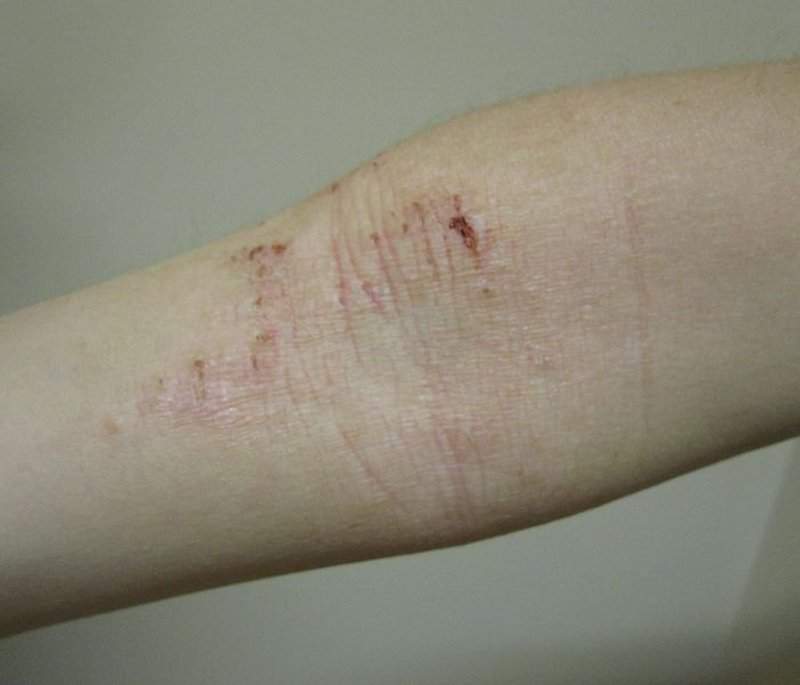
Sanofi and Regeneron Pharmaceuticals’ marketing authorisation application (MAA) for Dupixent (dupilumab) has been accepted for review by the European Medicines Agency (EMA).

Discover B2B Marketing That Performs
Combine business intelligence and editorial excellence to reach engaged professionals across 36 leading media platforms.
Dupixent is being investigated as potential treatment of adults with moderate-to-severe atopic dermatitis (AD) who are candidates for systemic therapy.
Moderate-to-severe atopic dermatitis is a serious, chronic form of eczema, and is characterised by rashes and can include intense itching, skin dryness, cracking, redness, crusting, and oozing.
The investigational biologic therapy inhibits signalling of two key cytokines IL-4 and IL-13 that are needed for the type-2 immune response.
The MAA contains data from three Phase III pivotal studies in the global Liberty AD programme, which included more than 2,500 patients.

US Tariffs are shifting - will you react or anticipate?
Don’t let policy changes catch you off guard. Stay proactive with real-time data and expert analysis.
By GlobalDataThese studies were aimed at assessing Dupixent as monotherapy and in concomitant administration with topical corticosteroids (CHRONOS), in adult patients with moderate-to-severe AD.
In September this year, the US Food and Drug Administration (FDA) accepted a biologics licence application (BLA) for Dupixent for priority review.
The FDA granted Dupixent Breakthrough Therapy designation in uncontrolled moderate-to-severe atopic dermatitis in 2014.
Dupixent has been conditionally accepted as the trade name for dupilumab by the EMA and FDA.
At present, it is under clinical development and its safety has not been evaluated by any regulatory authority.
Dupixent is also being studied in paediatric AD, asthma, nasal polyposis and eosinophilic esophagitis.
Upon approval, it will be commercialised by Regeneron and Sanofi’s specialist care global business unit Sanofi Genzyme.
Image: Atopic dermatitis of the inside crease of the elbow. Photo: courtesy of James Heilman, MD.





